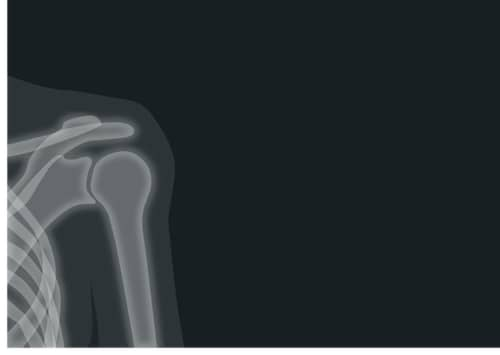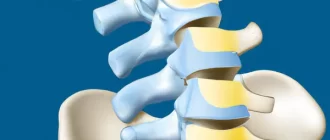Waking up to a brand new day should be a revitalizing experience – not one clouded by persistent discomfort. However, a significant number of individuals find themselves troubled by a recurring ache located between the shoulder blade and the spine. This article explores the nature of this discomfort, diving into descriptions of the pain, potential causes, accompanying symptoms, treatment options, and proactive steps for prevention.
What does the pain feel like?
The sensation of pain located between the shoulder blade and the spine often varies from one person to another. Generally, it tends to manifest as a sharp or burning pain, sometimes accompanied by stiffness. It can be localized or widespread, affecting the entire upper or middle back, and frequently intensifies with movements such as twisting or lifting.
Common Causes
Several conditions may contribute to morning pain between the shoulder blade and spine. These include:
- Poor Sleeping Positions: Incorrect posture during sleep can cause prolonged pressure on the back, resulting in discomfort upon waking.
- Muscular Strain: Overexertion of the shoulder and back muscles, frequently through physical activity or heavy lifting, can lead to pain.
- Spine Conditions: Certain spinal conditions such as herniated disks or osteoarthritis can also trigger this type of pain.
- Stress: Physical stress and emotional stress can lead to muscle tension, causing back pain.
| CONDITION | EXPLANATION |
|---|---|
| Poor Sleeping Posture | Pressure on back due to bad posture |
| Muscular Strain | Overexertion or heavy lifting |
| Spine Conditions | Herniated disks or osteoarthritis |
| Stress | Physical and emotional stress causing muscle tension |
Other Symptoms
In some cases, individuals experiencing morning shoulder blade or spinal pain might also observe other symptoms. They may experience a decrease in mobility and range of motion, or consistent weakness in the arms or hands. Tingling sensations, numbness, or even difficulty in breathing may also occur.
Treatment Options
The course of treatment primarily depends on the underlying cause. Common treatment strategies include:
- Painkillers: Over-the-counter analgesics provide temporary relief.
- Physical Therapy: Targeted exercises can improve posture, strengthen back and shoulder muscles, and promote more efficient movements.
- Massage techniques and Chiropractic Adjustments: These can help in relieving tension and enhancing mobility.
- Corticosteroid Injections: In cases of severe pain, medical professionals may recommend injections to reduce inflammation.
Prevention
Preventing morning pain between the shoulder blade and the spine possibly involves:
- Healthy Lifestyle: Regular exercise, a balanced diet, stress management, and proper hydration support overall health, including back health.
- Proper Posture: Maintaining good posture, not only while sitting or standing, but also when sleeping, helps to reduce strain on the back.
- Ergonomic Support: Supportive chairs and comfortable, spine-friendly mattresses can help to prevent back pain.
- Regular Check-ups: Routine health assessments aid in the early detection and treatment of potential issues.
Conclusion
While morning discomfort between the shoulder blade and spine can be upsetting, understanding the pain, its causes, and employing both treatment and preventive measures can go a long way toward managing this condition. Always consult with a healthcare professional if pain persists or worsens over time.
About the Author
Reyus Mammadli is the author of this health blog since 2008. With a background in medical and biotechnical devices, he has over 15 years of experience working with medical literature and expert guidelines from WHO, CDC, Mayo Clinic, and others. His goal is to present clear, accurate health information for everyday readers — not as a substitute for medical advice.







